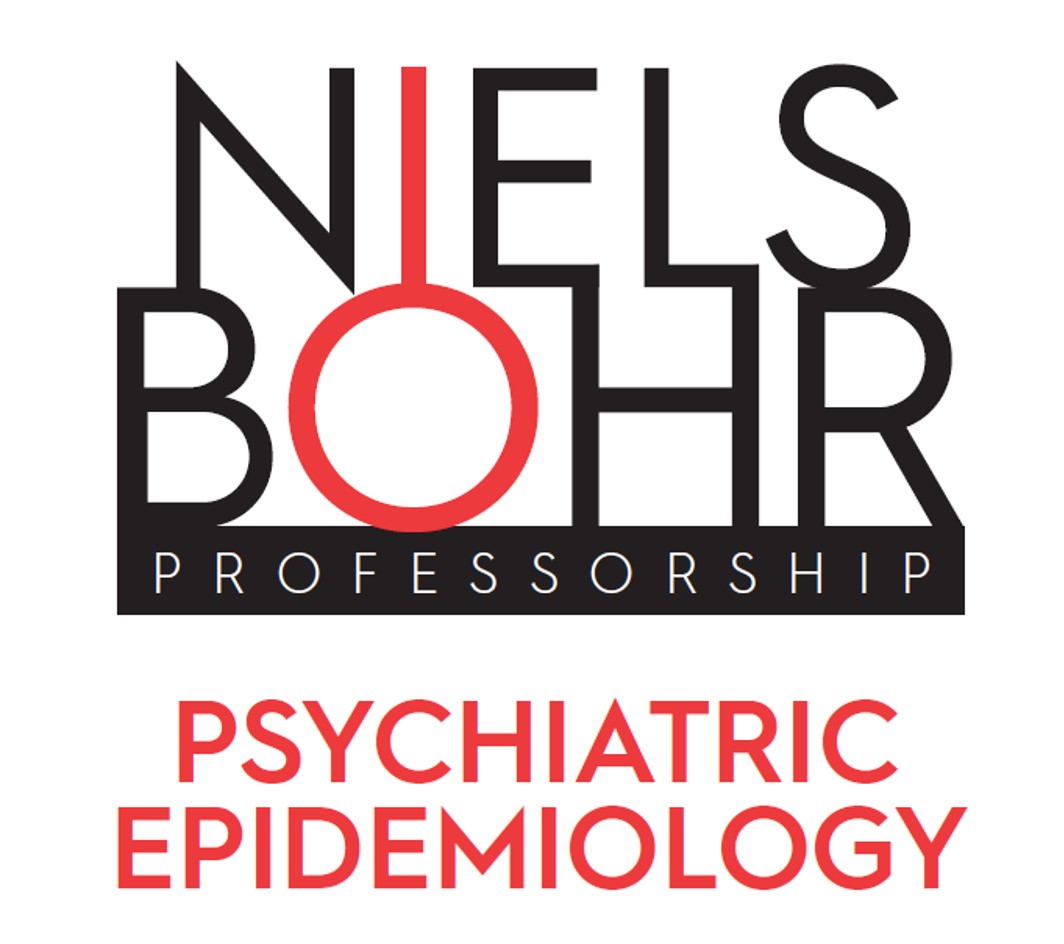Association between Mental Disorders and Subsequent Medical Conditions

A study by Natalie C. Momen et. al.
Individuals with mental disorders (MDs) are at higher risk of subsequently developing a range of GMCs. Our study produced clinically relevant estimates of risk (e.g., absolute risk) for over 400 different MD-GMC pairs, the majority of which observed a statistically significant risk increase. Moreover, the magnitude of risk varies greatly across MDs, GMCs, sex, time since diagnosis, and more. To aid in the understanding of how these various factors influence risk, we've carefully designed a suite of interactive visualizations for exploring these risk estimates, and also a handful of video demonstrations of drawing insight from them.

Learn more
This website aims to provide more information on our scientific publication in the New England Journal of Medicine. The study was pre-registered at ClinicalTrials.gov. See the links below for information about this study (i.e., paper and data), our contact information, and more about our work on Comorbidity in Mental disorder epidemiology at nbepi.com To cite the paper use NC Momen, O Plana-Ripoll, E Agerbo, et al. Association between Mental Disorders and Subsequent Medical Conditions. N Engl J Med 2020;382:1721-31. DOI: 10.1056/NEJMoa1915784






